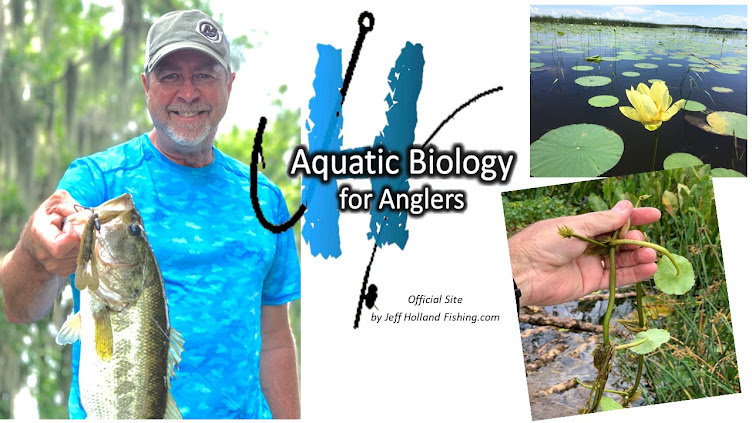 |
| Map of abundance and location of hydrilla on Lake Kissimmee |
Reduced-risk Herbicides & More Access to Maps
Most recreational users of our nation’s lakes admit that invasive
plants and animals cause problems. These
accidental invaders infest our waterbodies, often clogging waterways and impacting
the balance of the ecosystems.
 Hydrilla
is one of those invaders, and widely managed because of its ability to overtake
native plants at uncontrollable rates.
Hydrilla
is one of those invaders, and widely managed because of its ability to overtake
native plants at uncontrollable rates.
Aquatic Ecosystem Restoration Foundation (AERF) and several
natural resource agencies have been actively evaluating several new,
reduced-risk herbicides. The results are
expected to help guide water resource managers for selective Hydrilla control
in lakes, rivers, canals, and reservoirs.
By being plant-specific, these herbicides will continue to support past
practices of managing invasive plants while limiting impacts on non-target
plants.
As part of the herbicide evaluation process, mapping
techniques are being improved. These
techniques are allowing resource managers to gather faster and more detailed information
on plant locations, effectiveness of controls, and overall biomass reduction
rates. This highly detailed process gives
plant managers something they did not have in the past, a nearly precise
measurement of plant control.
One example is the work being conducted by the Fish andWildlife Conservation Commission and University of Florida. They evaluated the submersed plant
communities on the four main Kissimmee Chain lakes in January, 2013. From this information they were able to gage
the impacts and regrowth potential from previous hydrilla control efforts. These details will help them better plan
where future hydrilla management may be needed in spring of 2013.
The submersed plant images are posted with bathymetric maps
for each of the four lakes of the Kissimmee Chain on the UF / FWC website. Navigate down the webpage and select the first letter of the lake you are interested in viewing.
This website provides information
on Florida waters, the role plants play in these systems, and answer the question
of why some plants must be managed. It
also explains the many factors that managers consider when developing
management programs. Especially useful is the information listing management options and strategies that are
available to water resource managers and user groups.
For those who enjoy the recreational outdoors these maps
provide very valuable information. Lake
depth maps and plant location maps help boaters, swimmers, skiers, homeowners, hunters,
and anglers. Plant maps show duck hunters
where to look for topped out plants and marshy areas, areas that boaters and swimmer
probably want to avoid. Maps also aid
anglers in finding deep water to catch Crappie or an underwater plant bed to
try their luck for Largemouth Bass. There are two societies in Florida that I encourage everyone to review: Florida Lake Management Society (FLMS) and the Florida Aquatic Plant Management Society (FAPMS). Both are local chapters of their national organizations and offer information for most states.
Technology is changing our lives and when done right it can provide
more efficient, environmentally friendly ways to live. New low-risk herbicides will
allow managers to continue controlling aquatic weeds while reducing impacts on desirable
plants. New mapping techniques also provide
resource managers better measurement tools and give user groups timely information
never before available. Smartphones and
internet access delivers the benefits of aquatic plant control to user groups
and resource managers at record speed.

No comments:
Post a Comment